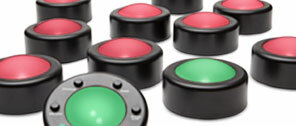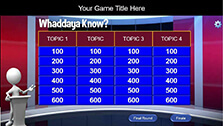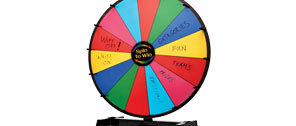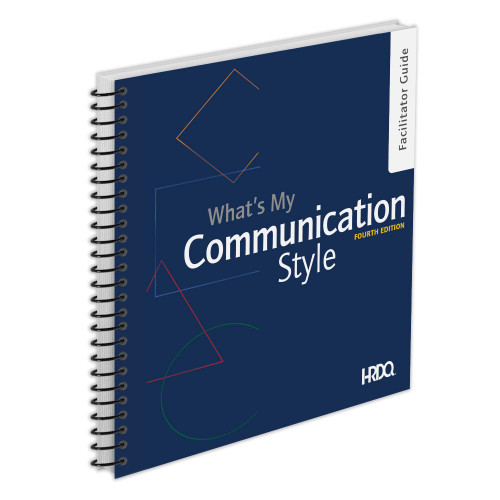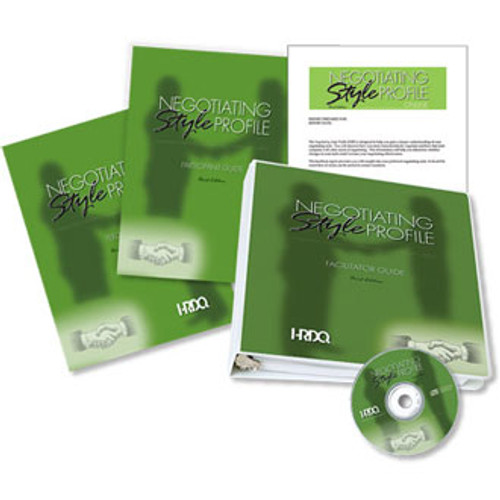What's your Negotiation Style?
Defeating?
Accommodating?
Collaborating?
Withdrawing?
Compromising?
Everybody negotiates. Whether people are striving to hit their monthly sales quota, campaigning for a deadline extension, or pitching ideas to a team, the same principles apply.
There's more to effective negotiating than the outcome alone. In fact, building productive relationships is equally important. Skillful negotiators know this is the key to their success - and its what sets them apart from the rest.
Based on Ury and Fishers collaborative win-win model, and heavily influenced by the highly-respected Thomas-Kilmann conflict resolution model, the offers a simple framework for determining ones negotiating style and the likely effect it has in negotiating situations.
A powerful combination of self-assessment, 180 peer feedback, and classroom training, the Negotiating Style Profile identifies a preference for one of five negotiating styles: Defeating, Accommodating, Collaborating, Withdrawing, or Compromising.
Learning Outcomes
- Learn five styles of negotiating
- Identify personal negotiating style
- Discover why a win-win approach is most effective
- Learn how ones negotiating style is perceived by others
- Develop an action plan to improve negotiating-style strengths
The Negotiating Style Profile is an excellent starting point for anyone in your organization, from front-line employees to management team members and everyone in between.
How it Works
The Negotiating Style Profile self-assessment presents individuals with 30 statements. Their task is to choose one of seven possible responses, ranging from Completely Characteristic to Completely Uncharacteristic. Scores reveal a preference for one of five negotiating styles: Defeating, Accommodating, Collaborating, Withdrawing, or Compromising.
One self-assessment is needed for each particpant. The facilitator kit provides a sample and the self-assessment can be purchased separately (#RBSNSG).
The Negotiating Style Profile also offers a 180 feedback component that enables individuals to see how they are perceived by their peers. Combining the results of the self-assessment and the feedback provides individuals with an in-depth understanding of their natural tendencies as well as a starting point for improvement. Both pieces take approximately 20 minutes to complete. One hour is recommended for the interpretation of results, debrief, and goal setting.
The Negotiating Style Profile Facilitator Set includes tools to lead a 1 -hour classroom training workshop, including comprehensive background information, step-by-step instructions, optional activities, alternative training options, a reproducible article, and a professional Microsoft PowerPoint presentation. Trainer certification is not required to administer or facilitate the Negotiating Style Profile.
Uses and Applications
The Negotiating Style Profile can be used as a stand-alone learning instrument or part of a more comprehensive curriculum on topics such as negotiating, selling, communication, and conflict resolution. Its an excellent starting point to help individuals:
- Gain awareness of their current negotiating behavior.
- Prepare for an upcoming negotiation.
- Improve the planning and communication skills needed to be an effective negotiator.
- Practice negotiating with people who have different negotiating styles.
- Improve reasoning skills.
The Negotiating Style Profile is suitable for all individuals, especially supervisors, customer service representatives, managers, sales professionals, negotiators, and consultants.
3rd Edition
by Rollin Glaser, EdD and Christine Glaser, MEd


